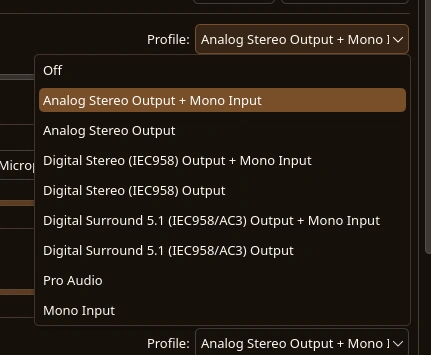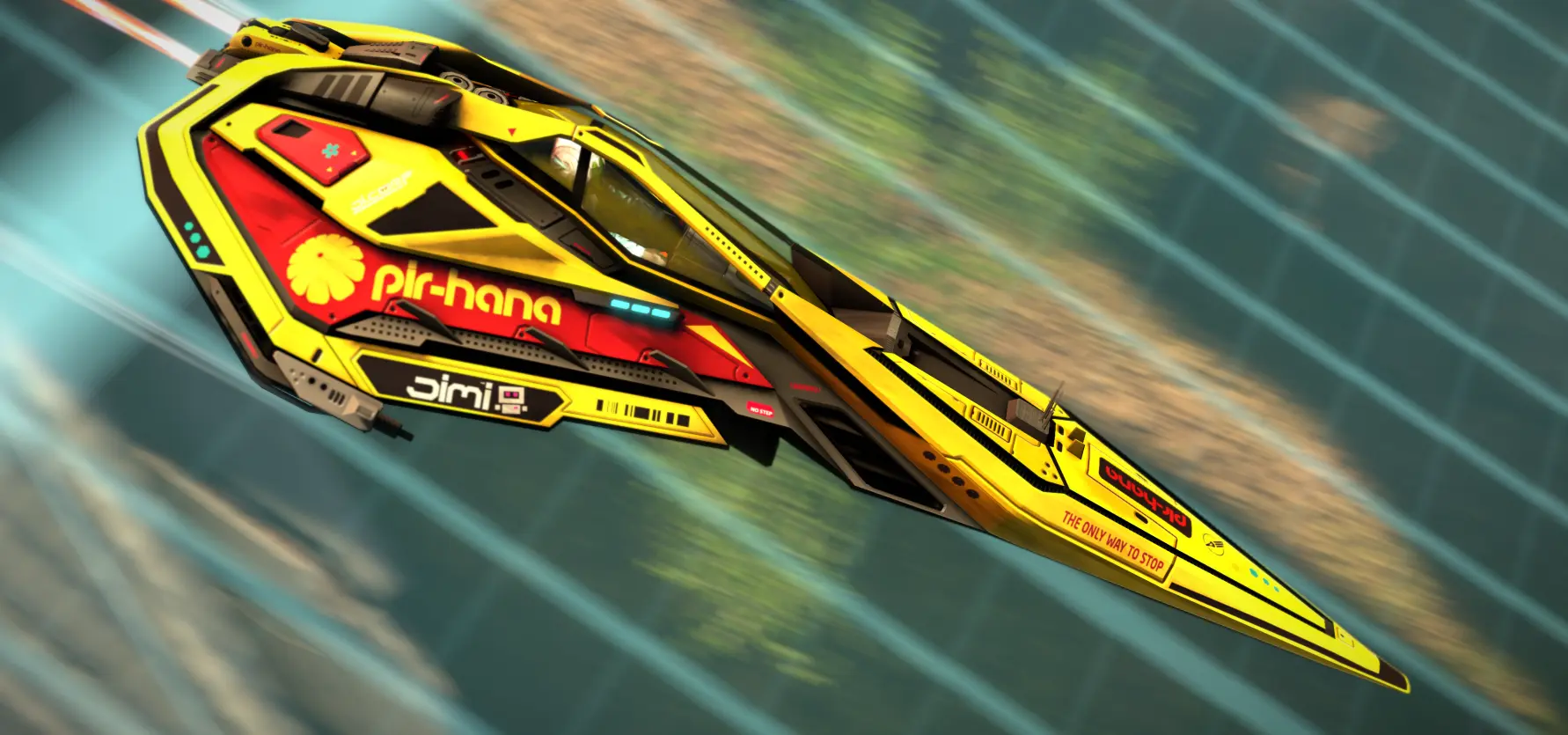MentalEdge
Eskating cyclist, gamer and enjoyer of anime. Probably an artist. Also I code sometimes, pretty much just to mod titanfall 2 tho.
Introverted, yet I enjoy discussion to a fault.
- 18 Posts
- 896 Comments

 1·2 days ago
1·2 days agoObviously. It too does wine environment management. But it’s meant for games, and for wine specifically, Bottles is just nicer.
Lutris is massive overkill if you just want run the windows version of python in order to compile python code to windows binaries. Not to mention it just isn’t as slick in terms of UX as a wine manager.

 10·2 days ago
10·2 days agoIt’s not a catch-all game launcher.
It’s a wine environment manager. And it is becoming increasingly good at simplying the complexity of setting up wine bottles for different things.
It’s basically winetricks on steroids, with a really nice GUI to boot.
Running windows games is just one use-case.

 81·5 days ago
81·5 days agoI dunno man.
It’s not like linux applications ever have different app-names in the menu, when compared to the package name you just saw when installing it.
That has never tripped me up. No. Never.
/S

 31·5 days ago
31·5 days agoIt’s probably time based.
And this kind of thing isn’t for the type of people who mess with settings. If this defaulted to off, then it would actually be useless.

 391·5 days ago
391·5 days agoYeah. Plus they immediately got a reply from someone showing where you can turn it off in settings.
Textbook tsundere, yes.
All the definition really requires, is that the character act hostile, but does so without being genuine or intentional, and is able to be their real loving self in certain circumstances or with time.

 47·7 days ago
47·7 days agoLike for real.
Were the people who actually do nothing really the ones to get axe for once?

 17·7 days ago
17·7 days agoYou are being stopped from stopping people playing their games.
That’s a double negative bruh, as in, it reduces overrall limitations in the world for what people are allowed to do.
Environmental DNA, apparently.

 1·8 days ago
1·8 days agoAudio devices can have multiple modes or “profiles” that determine what they do.
For my headset I have:

For my internal sound card I have:

If I set my headset to one of the options that doesn’t have “+ Mono Input” the mic stops working and doesn’t even show up in settings and apps anymore. Same if I use the “Stereo Output” mode on my internal sound card. They must be set to a mode with both output and input enabled to work.
I can see this from “Sound” in my KDE settings, but you can also configure this in the “Configuration” tab of pavucontrol.

 3·8 days ago
3·8 days agoTekken 3 is a PS one game, not PS2.
It has no PC version. Any such thing is just the PS one version with an emulation wrapper.

 1·8 days ago
1·8 days agoYou definitely seem to have what looks to be the right audio device getting detected.
The device that is “unplugged” should be the 3.5mm jack on your laptop (if you have one) not the internal mic.
My first guess is that your audio device is in the wrong mode. If it is currently set to something like “stereo output” change it to “stereo output+mono input” or “stereo duplex” from pavucontrol or audio settings.
I like your Heather Mason. You’ve found a perfect level of detail to make these work.
Like they’re just barely “too detailed”, making them just a little unsettling, the way horror game art should be.
Have you done other characters?
You say “your style”, so my first thought is to wonder what else you’ve done since must’ve done enough to land on a style.
Edit: ah, found your other posts! Feel free to cross-post to gameart, we want to see and celebrate all the art that games both contain and inspire.

 92·12 days ago
92·12 days agoUnless they were looking, they wont have seen it. And as far as I know, just the cursor being active sends the “typing” indicator in some apps. When I see it for just a second I just assume someone hovered over the chatbox for a bit.
No-one thinks it’s weird for it to pop up for a second and then go away. Or for it to appear for a good while and still not get you a message. Sometimes I’ll write a first draft of a response right away, then leave it there for hours while I think about it some more, before finalizing it.
It would be smart if chat apps implemented a minimum, where “typing” won’t apper until you’re three words into writing a response or something.
That way it wont go off over nothing. It’s still useful, it lets you/them know whether you’re getting/giving an immediate response, so you/they know whether the conversion is continuing right away, or later.

 421·13 days ago
421·13 days agoI don’t actually think you can call it that.
I’m pretty sure they’ve spent every cent, considering how much they have in fact produced.
The part that boggles me to this day, is that they spend the money on making a litany of insanely high quality assets and features, with seemingly no plan for how they’ll fit together.
And then they proceed to spend even more money, and time, on trying to fit it all together into something that functions like a complete system.
And that’s before you discuss their obsession with “realism”. What there is to play, is marred with balancing issues. Better ships are just… Better. Because they insist on weapons and ships functioning “logically” within the game universe, rather than in whatever way is the most fun.
Fighters beat bigger ships because equipping the same weapons, a fighter can hit every shot it takes at a slow moving giant. Meanwhile the travel-time of weapons make the fighter completely unkillable for the big ship, because the fighter can land shots from a range where its own speed allows it to dodge literally everything the big ship might send its way.
They’ve been buffing the shields and ammo counts on bigger ships, but all that does is make the fight last longer.
The project is real, but it’s a mismanaged catastrophe.

 11·13 days ago
11·13 days agointel-undervolt/amdctl for cpu, lact for amd gpu, gwe for nvidia gpu (although voltage control on linux with nvidia is not possible, you can get a similar result by overclocking+limiting power)

 16·14 days ago
16·14 days agoUndervolting is great on gaming laptops. Usually nets you a performance boost simply by reducing thermal throttling.
Even just a few mV has made a difference for me.








Historically, there is no need to share a border with the US for them to come fuck your shit up.
Whether they leave you alone is… Not about whether you border a NATO member country.
Certainly not if you’re Russia.